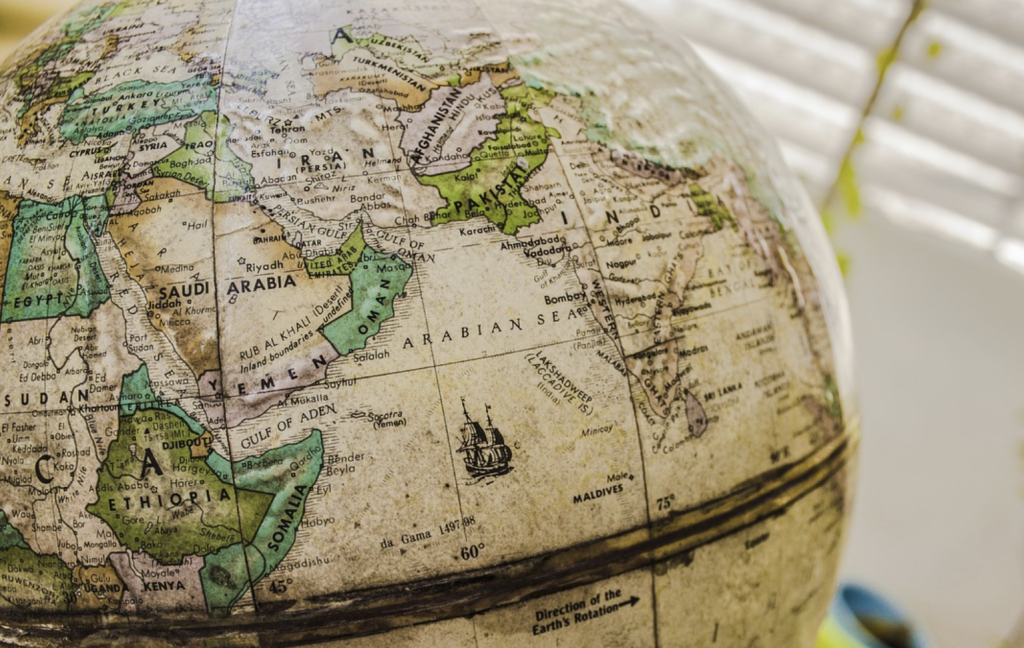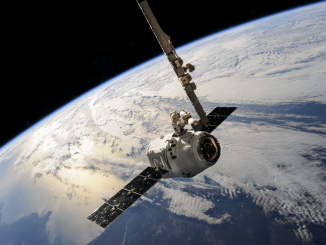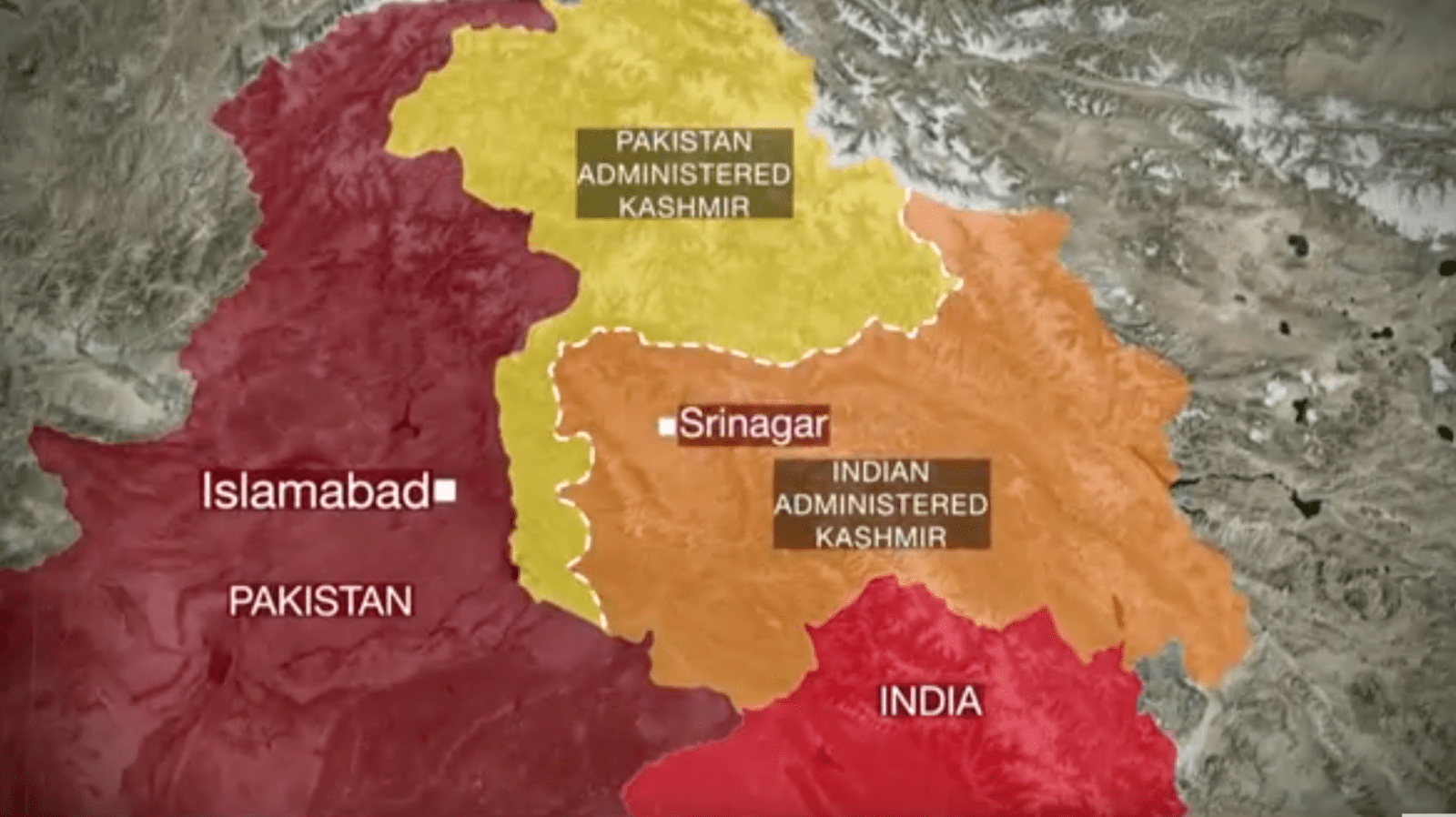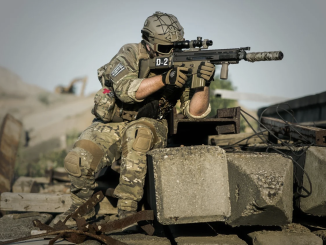
When President Roosevelt put forth the belief that a stronger security arrangement with an institutional framework is indispensable for international relations after the Second World War, he laid a foundation for international cooperation primarily for the West across the Atlantic: the Collective Security (CS) apparatus. The United Nations Organization (UNO) was the first step in this regard, while the North Atlantic Treaty Organization (NATO) and the institutions that would go on to become the European Union, were added in as the pieces required to complete the vision. Asia was made part of such goals to sustain international peace and security with platforms like the Southeast Asian Treaty Organization (SEATO) and the Central Treaty Organization (CENTO); but the rally dissolved in a few years. NATO and Europe, on the other hand, maintained their positions on areas of primary focus for their collective security interests. This all was to counter the Union of Soviet Socialist Republics (USSR). Collective Security first focused on accomplishing the re-building of Europe and then securing it from Communism. The ongoing situation in the Ukraine-Russia crisis has once again has qualified Asia to be placed into the picture. What is yet to be analyzed is whether this addition will bring alternatives to the existing post Second World War arrangements or will it just be yet another evolution of the same.
Russia, South Asia, Southeast Asia and China are the key parties to be considered here. Prescribing their involvement would merit some proscribing and change to the Western structure of institutional peace.
Russia’s response to the indivisible European security architecture
The Russian military assault which began on Thursday, 24th February 2022 slowed down from its initial aggressive pace, and within a day President Vladimir Putin was said to have achieved what he was believed to have been aiming at. The widely plugged Western institutional peace and America’s role of being the banner holder is being contested; will it be exposed with this war? Putin’s intention was well aimed at uncovering the lies of the United States of America (USA), falsehoods which were supplemented by the slow reaction of European leaders and their pre-set belief that Russia will not invade and would be deterred off sanctions. European leaders attempted at luring Putin in to appeasement by offering a scalpel to carve out a security structure for the region once again, but they did not come out to fight in Ukraine against Russia despite Ukrainian military support during the Iraq and Afghanistan wars. Article 5 of NATO which states ‘their security is our security’ does not, however, technically demand immediate landing of NATO forces in war struck areas; but carrying the status of a democratic and close US and Western ally who was previously supported by supplication of Article 5 in the 2014 Russian attack, Ukraine deserved and demanded immediate help.
US efforts are being criticized for being ineffective and sanctions on Russia are received as mere words. ‘Russia doesn’t really need diplomatic ties with the West anymore’, said former Russian President and incumbent Deputy Head of Russia’s Security Council Dmitry Medvedev, shrugging off the sanctions. The slow reaction and hope that Putin would not invade motivated the outbreak of violence. The West believes that Russia wishes to destroy democracy which is prescribed as a precondition for any sort of cooperation grounded in liberal freedom. Western claims about Russian aggression and the counter measures, however, can be witnessed lacking in any sincere efforts. The framework of CS itself is under question. In a hypothetical sense, if NATO forces commit to invoke Article 5 and land on Ukrainian territory, a nuclear conflict will be inevitable; on the other hand, if the Russian offensive is not countered efficiently, it may weaken the institutional peace which has been in place since the Washington Treaty of 1949.
Trajectory of Collective Security for Asia
Another case for study can be the arrival of a change in institutional peace where the responsibility shifts towards Asia.
India and China- a left and right
India and China are two sides away from each other but to the left and right of Russia, and have chosen their positions in the early phase of the conflict. In a US drafted resolution at the UN Security Council a day after the invasion, India and China abstained from the vote, alongside the United Arab Emirates. Delhi’s longstanding strategic conglomerate with Moscow and Beijing’s recently avowed ‘no limits’ partnership with the Kremlin, are both countersigned. Despite divergent interests, the two parties have opted alike in this situation. China is blaming the US for fanning the fire, while India has the leverage of the Quad to secure for itself. In the case of the latter, the interests of both the US and Russia have always been in conflict since the days of Cold War. New Delhi cannot turn a blind eye to the violation of the sovereignty of any nation state; neither can it irk its strategic partner which is responsible for 60% of India’s weapons and newer generation defense technology.
China and Russia’s closeness was rather excessively showed off in the recent Beijing Olympics, and both have assured each other of ‘no limits’ support in the cases of Taiwan and Ukraine. They both converge for a common resistance towards USA. Their trust goes beyond a strategic outlook, and the political system with a socialist character of their politburos intensifies the bond. However, China’s policy of respecting a state’s sovereignty could turn out to be challenged. Beijing in a first, maintained that a solution of dialogue shall be the way. On the fourth day into the conflict, Ukraine agreed to engage in talks with the Russian delegation on the border of Belarus. Although the institutional talks might be an option, the rather assertive partnership between China and Russia can emerge as a new challenge of an already eastwards approaching NATO.
A new trajectory of interactions could be drawn against this background. The collective security structure, with its role having been questioned as has the future of NATO itself since the end of the Cold War, deepened the challenges stretched across Europe, reaching Asia. Iraq and Afghanistan were a point in reference but then the CS did not have the traditional rival on the other side. There may arrive at multiple hypothetical scenarios in this regard.
One scenario could be the world witnessing NATO against an alliance of Russia and China. In this case, the international development which China has been re-structuring since 2012 could be a leverage for China to block any sanctions or aggression against them. Such occurrences will surely weaken the CS, further.
Another event could lead to a change in the ‘careful’ posture India has been preserving, being in the middle of the two sides. Selecting any one side might lead the other to cancel the strategic partnership with this pivotal state in this instance. A CS arrangement not supporting a vital ally could weaken it.
In either of the developments the CS structure of the West and the USA is facing taxing whiles, once again and a belligerent Great Power might only deteriorate it. Securing world peace requires imagination of plurality in security approaches.
![]()





Be the first to comment